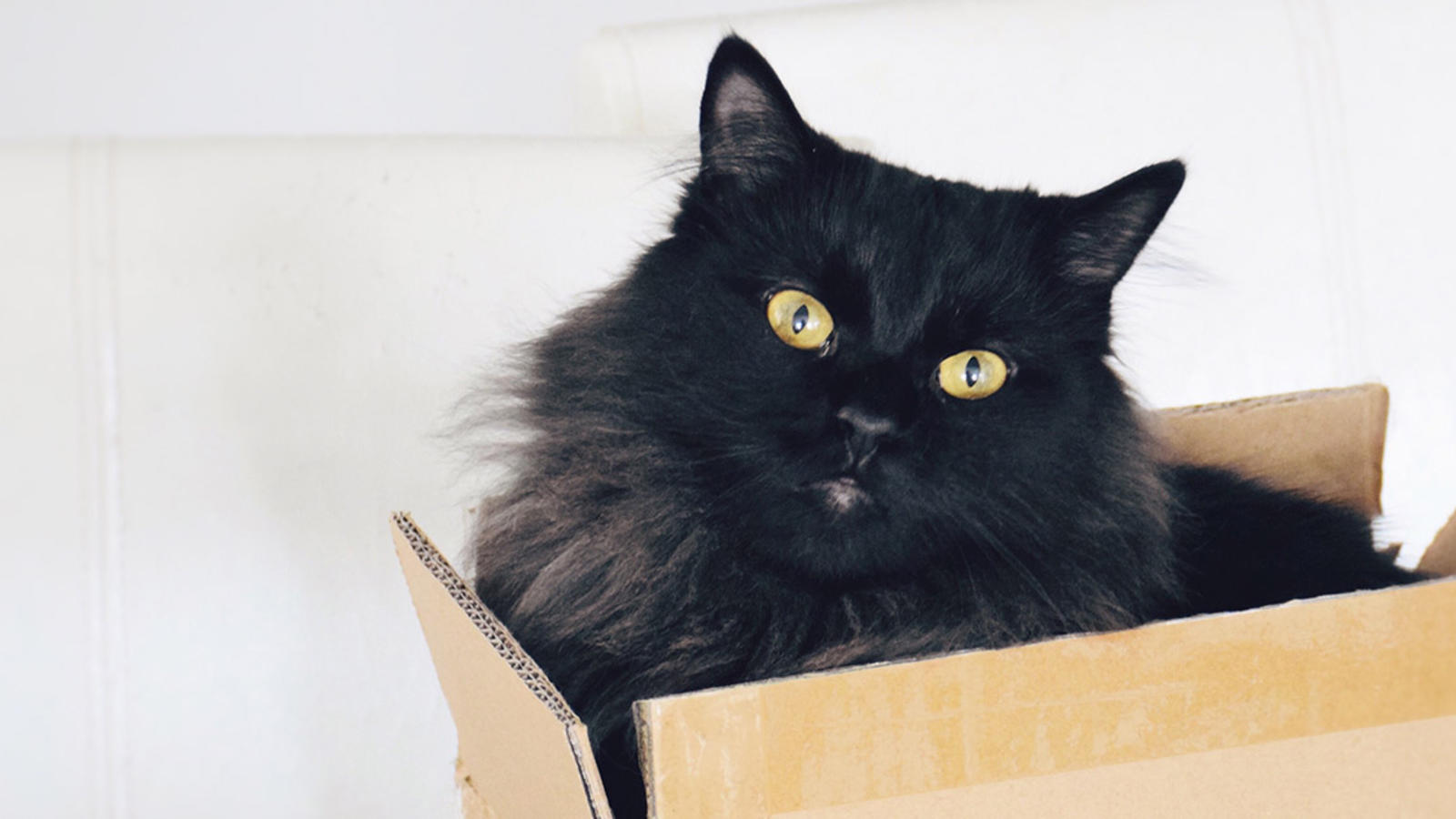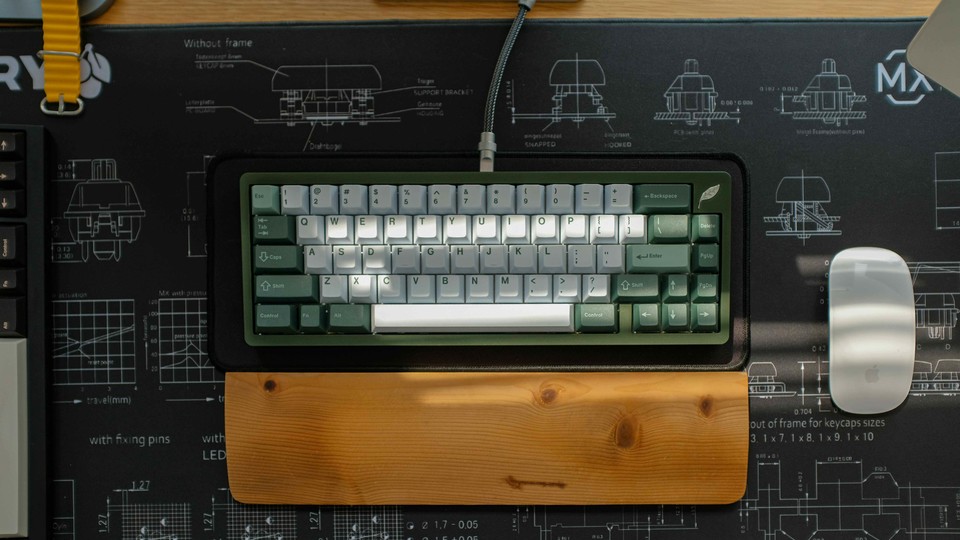
Outside The Box
To Come Up With New Ideas, It Helps To Think Outside The Box — But Which Box, Exactly?
Based on research by Erik Dane, Markus Baer, Michael G. Pratt and Greg R. Oldham
To Come Up With New Ideas, It Helps To Think Outside The Box — But Which Box, Exactly?
- Many researchers have presumed that intuitive thinking enhances creativity because it is less methodical than rational thinking.
- Dane and his colleagues found that the thinking style itself mattered less than whether it’s what you typically use.
- Normally intuitive thinkers came up with more creative ideas when they tried rational thinking.
Creativity is an essential ingredient in problem-solving, and the importance of “thinking outside the box” has been stressed in nearly every context imaginable, business or otherwise. But that mantra assumes — wrongly — that we all start off thinking inside the same sort of cognitive box.
Instead, each person has a distinctive cognitive style: Some of us, for example, are more intuitive, and others approach the world more rationally. What happens to creativity when those who use a particular thinking style tried a different approach?
Former Rice Business Professor Erik Dane decided to investigate. Along with colleagues Markus Baer of Washington University in St. Louis, Michael Pratt of Boston College, and Greg Oldham of Tulane University, Dane studied typical thinking styles, rational versus and intuitive, and how resisting the most familiar one can affect creativity.
Rational thinkers, the professors noted, learn information deliberately and engage in thoughtful analysis. They depend on a linear, or sequential, way of processing information. Intuitive thinking, meanwhile, is an unconscious way of processing information. It’s essentially the opposite of rational thinking: quick and holistic, rather than deliberate and comprehensive.
When a rational thinker faces a problem, her mind goes through multiple stages, tapping relevant mental data bases and coming up with alternative solutions. Her mind evaluates and refines these scenarios to choose the best possible solution to the problem.
An intuitive thinker, on the other hand, goes with his gut. Many researchers believe this type of thinking sparks creativity because it integrates so many different pieces of experience.
To explore what happens when one type of thinker follows a different approach, Dane and his fellow research colleagues gave test subjects a scenario. How could they get more students to come into a gift shop? Participants first had to come up with ideas using either an intuitive or a rational problem-solving approach. Then they filled out a short questionnaire. Afterward, the professors evaluated the ideas as creative or not creative, based on originality and usefulness.
When a participant wasn’t used to rational thinking and had to problem-solve using a more rational approach, he or she came up with more creative ideas, the researchers found. This, the researchers said, suggests it’s worth encouraging intuitive thinkers to change up their problem-solving style to come up with new ideas.
Curiously, it’s relatively easy to influence a person’s cognitive approach to a problem, the researchers found. At the same time, the research didn’t suggest that either approach — rational or intuitive thinking — was inherently better than the other. In fact, they wrote, future research on the topic ought to analyze what happens when subjects are encouraged to take a hybrid rational-intuitive approach.
In the meantime, whether you’re trying to lure customers to your new coffee shop, or figuring out the best ending to your crime novel, try attacking the problem with the thinking style that’s least familiar to you. To truly think outside the box, the first thing to do is peer over the side to see what style of thinking most often boxes you in.
Erik Dane is a former professor and was the distinguished associate professor of management (Organizational Behavior) at the Jones Graduate School of Business at Rice University.
To learn more, please see: Dane, E., Baer, M., Pratt, M. G., & Oldham, G. R. (2011). Rational Versus Intuitive Problem Solving: How thinking ‘off the beaten path’ can stimulate creativity. Psychology of Aesthetics, Creativity, and the Arts, 5(1), 3-12.
Never Miss A Story


